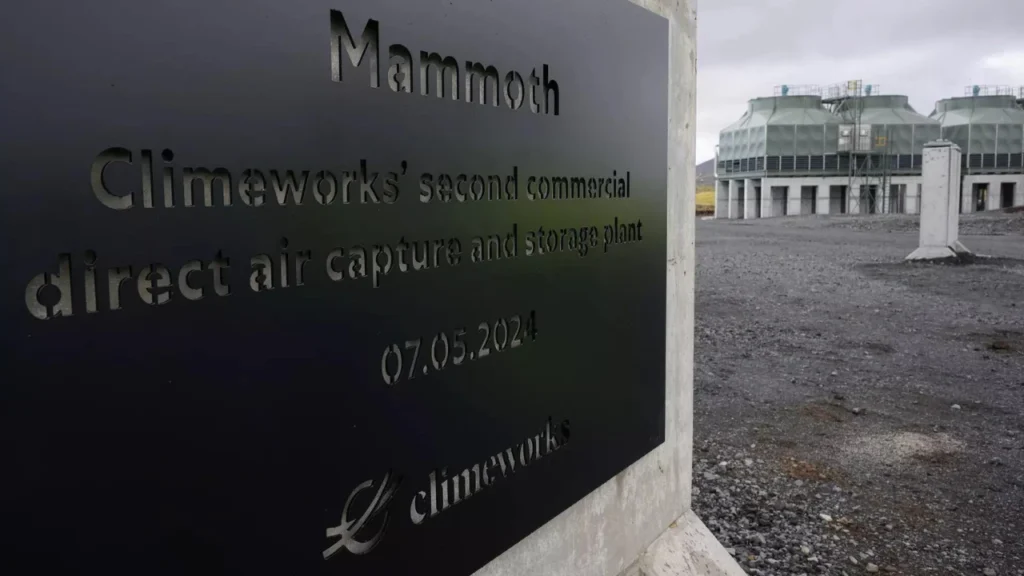Swiss Company Clime works has launched its second commercial DAC+S facility, larger than its predecessor Orca.
About CDR (Carbon Dioxide Removal):
- CDR is anthropogenic activities that remove CO2 from the atmosphere and securely store it in geological, terrestrial, or ocean reservoirs.
- Necessary to achieve net-zero CO2 and greenhouse gas emissions, as highlighted in the IPCC Sixth Assessment Report.
Significances:
- Carbon capture technologies are crucial for achieving near-zero CO2 emissions in power plants and industries.
- Aids the global transition to net-zero emissions by managing CO2 from both industrial processes and directly from the atmosphere.
Carbon Removal Efforts:
- Direct Air Capture (DAC) and DAC+S technologies capture CO2 directly from the atmosphere, key for maintaining global temperatures within safe limits.
- Involves techniques like Post Combustion Capture, Pre-Combustion Capture, and Oxy Fuel Combustion.
- Other CDR methods include Afforestation/Reforestation, Soil Carbon Sequestration, Enhanced Weathering, Ocean-based CDR methods like ocean fertilisation and ocean alkalinity enhancement, and Bioenergy with Carbon Capture and Storage (BECCS).
Carbon Capture Plants in India:
- Tata Steel’s CO2 capture plant in Jamshedpur, a first of its kind in India’s steel industry.
- Supported by initiatives like the Indian CO2 Sequestration Applied Research Network and inclusion in the National Action Plan on Climate Change.
Impact on the Climate:
- Reduces CO2 emissions significantly from key industrial sources.
- Contributes to the mitigation of global warming and its environmental impacts.
Ref: Source
| UPSC IAS Preparation Resources | |
| Current Affairs Analysis | Topperspedia |
| GS Shots | Simply Explained |
| Daily Flash Cards | Daily Quiz |



